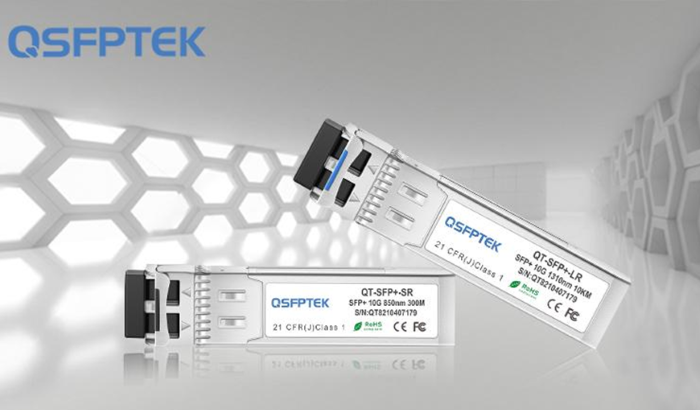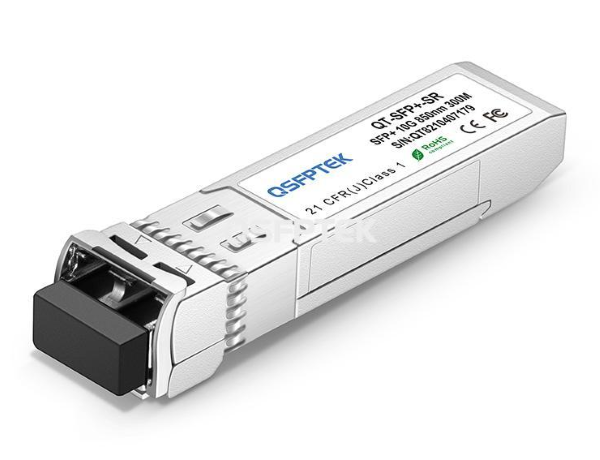Introduction: The Basics of 10GBASE-SR Optical Module
Optical modules are a central component of optical transmission systems. They are used to convert electrical signals into optical signals, and vice versa.
The 10GBASE-SR module is an optical module that uses the Serial RapidIO (SRIO) interface to transmit data at 10 Gbps over multimode fiber or single-mode fiber optic cables. It is the most widely used type of optical module in use today because it can be used with a variety of different types of cables and has a wide range of applications.

10GBASE-SR is a type of optical module that has been designed to work in the 10 Gbit/s Ethernet environment. The 10GBASE-SR module is an IEEE 802.3ae standard and is capable of delivering a maximum data rate of 10 Gbit/s over distances of up to 550 meters using single-mode fiber.
Optical modules can be combined with other types of components to form an optical module assembly, which is a complete device that converts electrical signals into optical signals and vice versa. The 10GBASE-SR is a standard for 10 Gigabit Ethernet over fiber optic cabling and uses wavelength division multiplexing of the laser light to achieve transmission speeds up to 10 Gbit/s over a single strand of fiber.
What is Included In the Standard Package for a 10GBASE-SR Optical Module?
The standard package includes a 10GBASE-SR module, AOS optics, and a signal loss.
The 10GBASE-SR module is the main component of the standard package. It is used for transmitting data at 10 Gbps over distances up to 300 meters. The AOS optics are used to transmit light from the transmitter to the receiver. The signal loss is caused by attenuation of light due to scattering in the environment or by absorption of light in the optical fiber itself.
The 10GBASE-SR is a type of optical module that can be used in data centers. This type of optical module can transmit at a rate of 10 gigabits per second. The standard package for this type of optical module includes the following:
- Optical transmitter
- Optical receiver
- AOS optics
- Protective cover
- Power supply
- Cable assembly
How does a 10GBASE-SR Optical Module work and What are the Differences between SFPs and QSFPs?
A 10GBASE-SR Optical Module is a device that converts an electrical signal to an optical signal. It can be used for long-distance, high-bandwidth transmission. The 10GBASE-SR Optical Module is mainly used for data center applications.

QSFP, also known as Quad Small Form Factor Pluggable, is a type of transceiver that supports 40GBASE-SR optical modules. They are mainly used in data center applications and have more uses than SFPs because they can be plugged into different types of devices.
CONCLUSION
The 10GBASE-SR optical module is an important part of any network because it has the capability to extend the distance of a network. Optical modules are a key component of the optical transmission system. They are used in various applications, such as data centers, long haul networks, metro networks, and even in the home.
This article explained what 10GBASE-SR optical module is and how it works. It also talked about how it is used for data centers, short-haul networks, and metro networks. The 10GBASE-SR module uses light pulses to transmit data, and it can achieve speeds up to 2.5 Gbps. If you want to know more about 10GBASE-SR, please contact QSFPTEK via [email protected].





